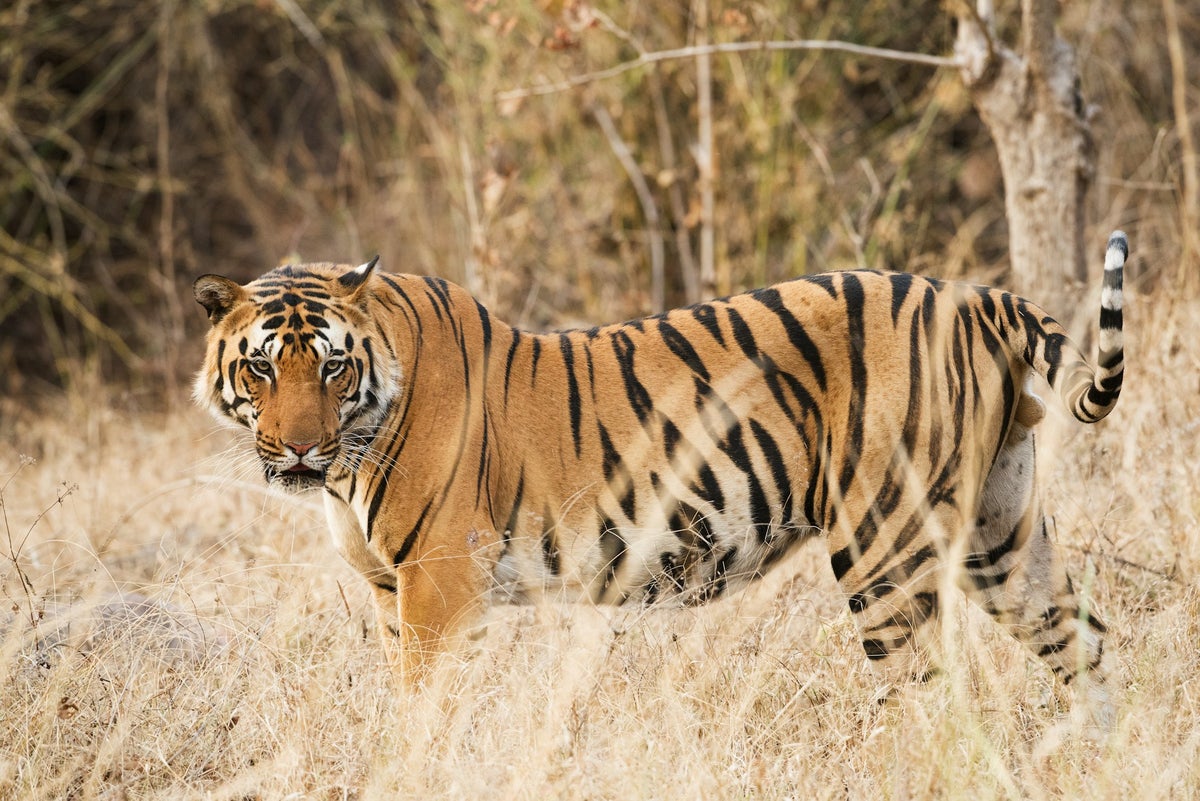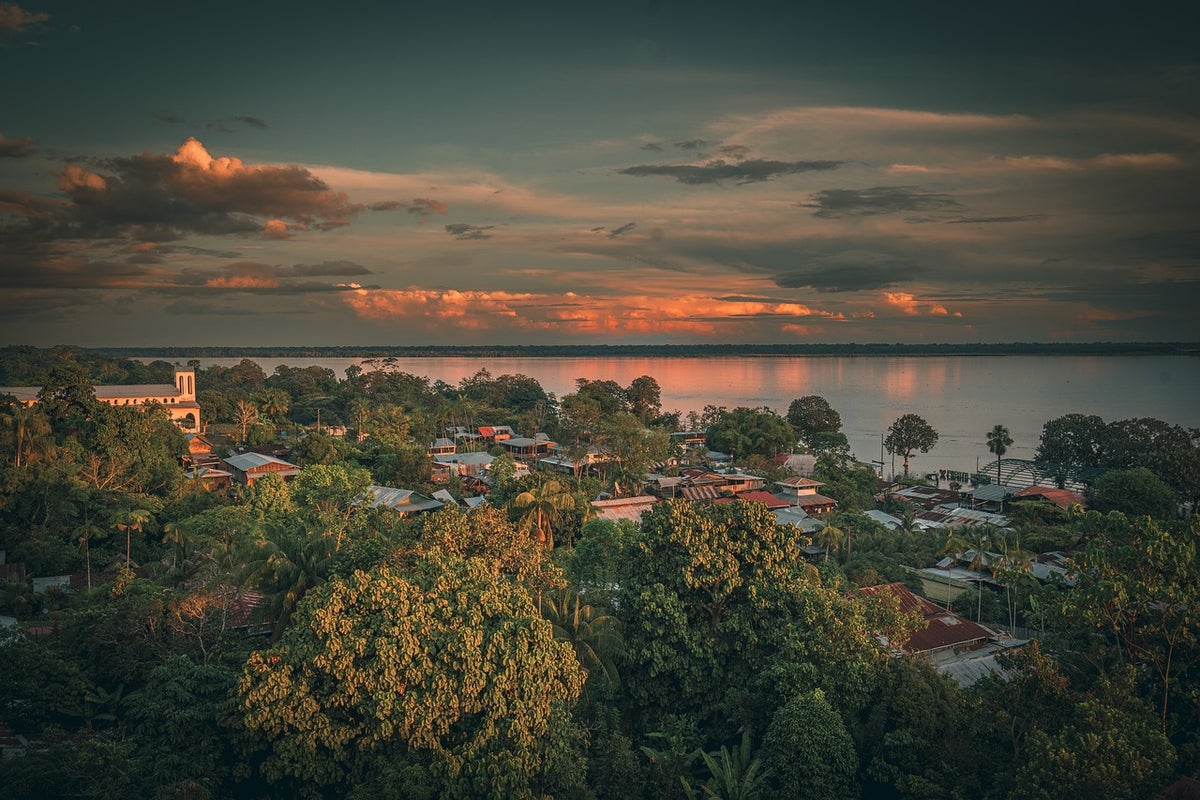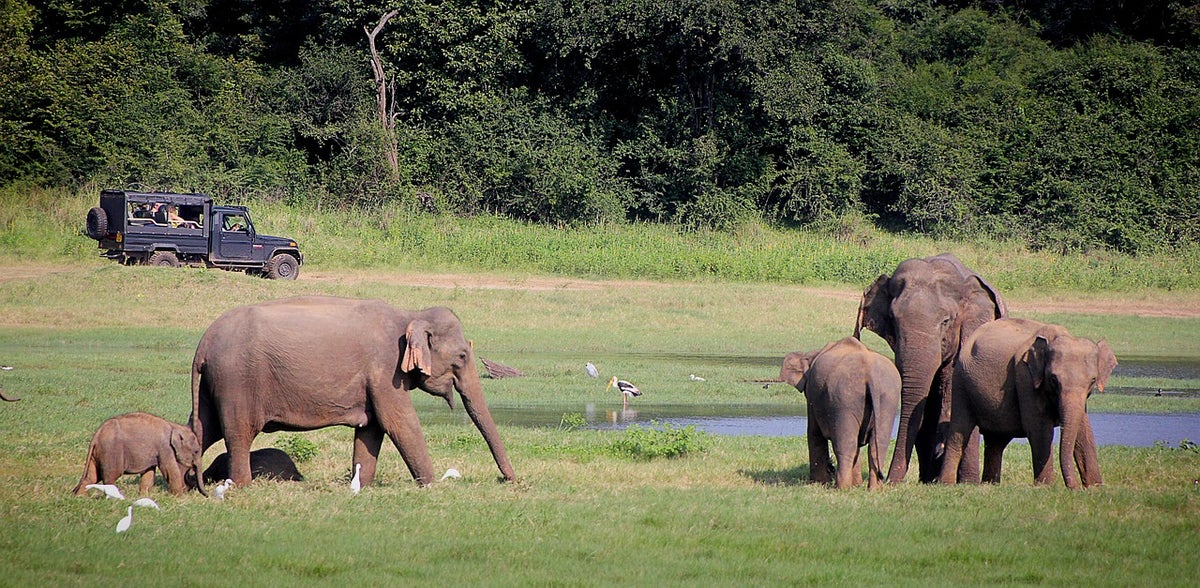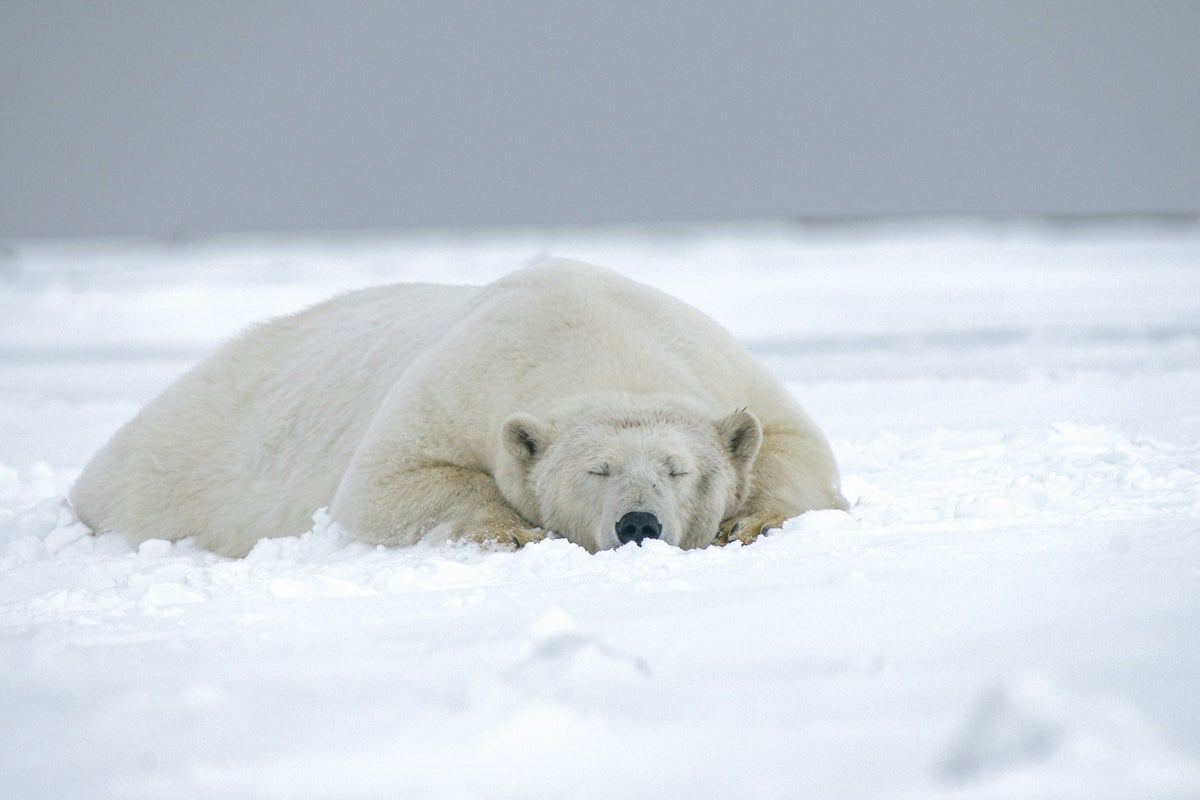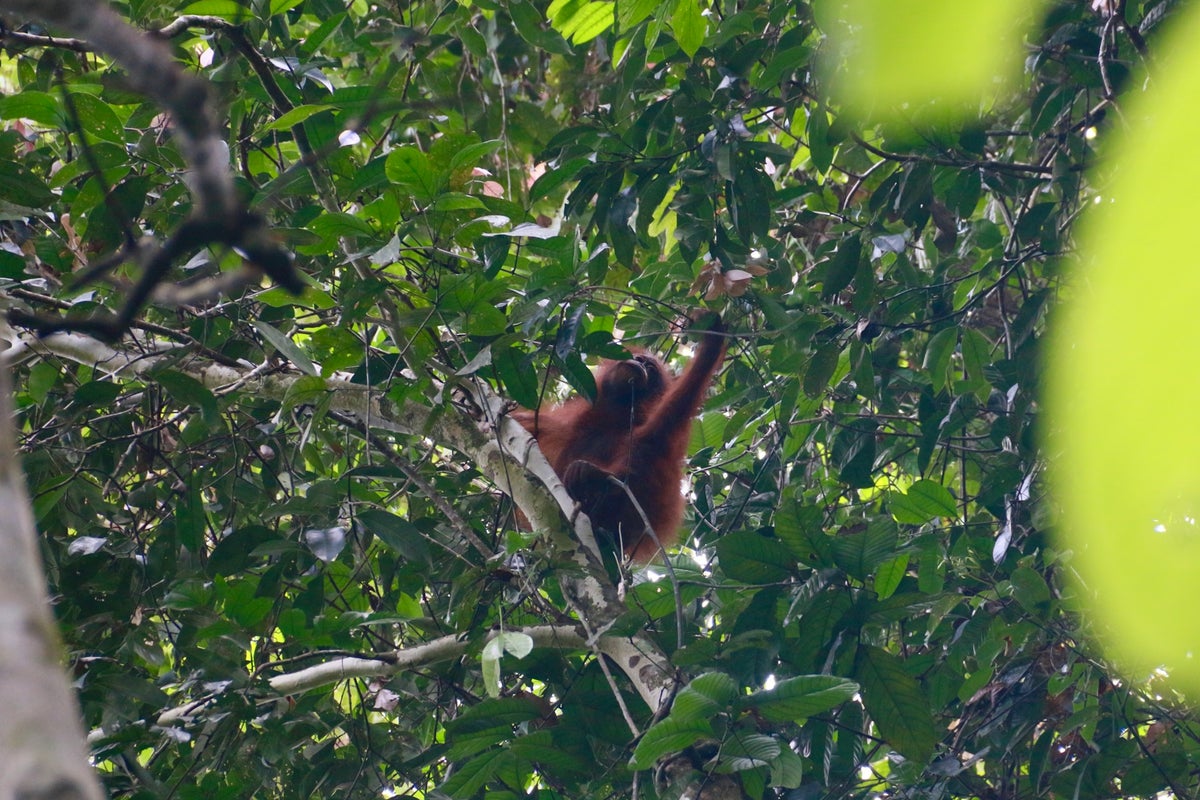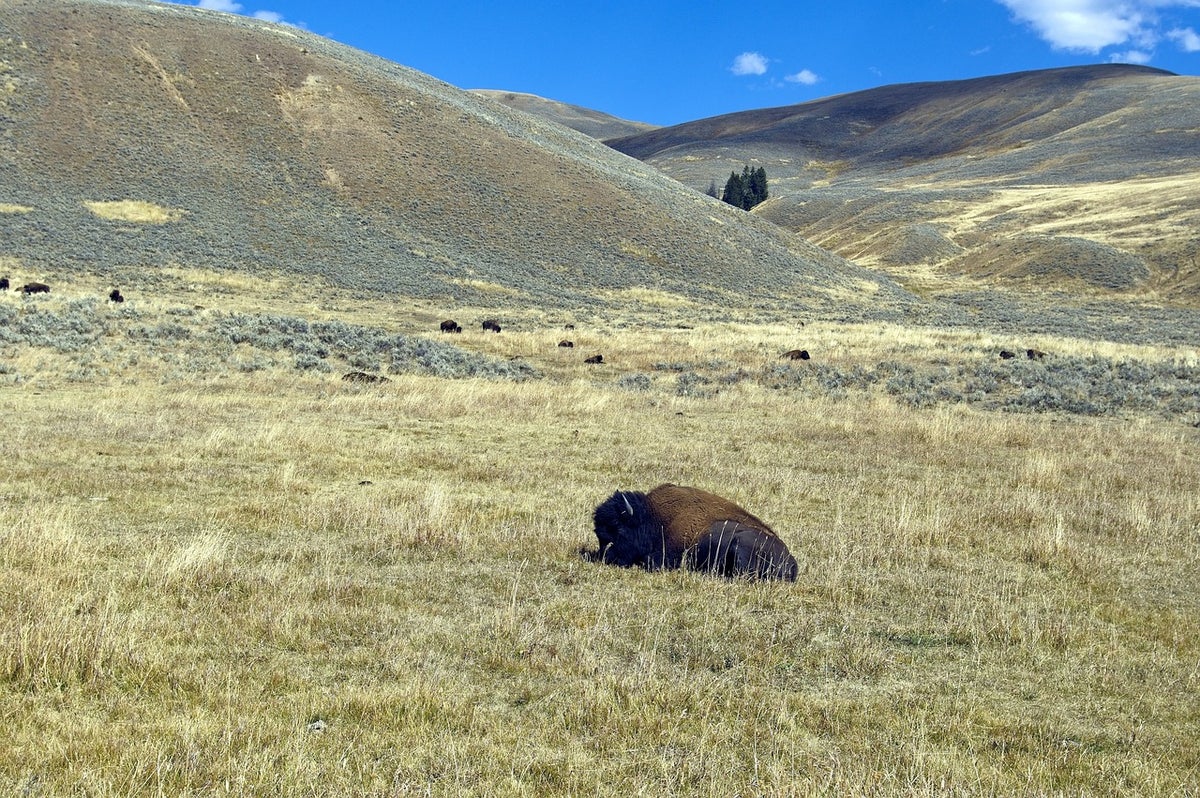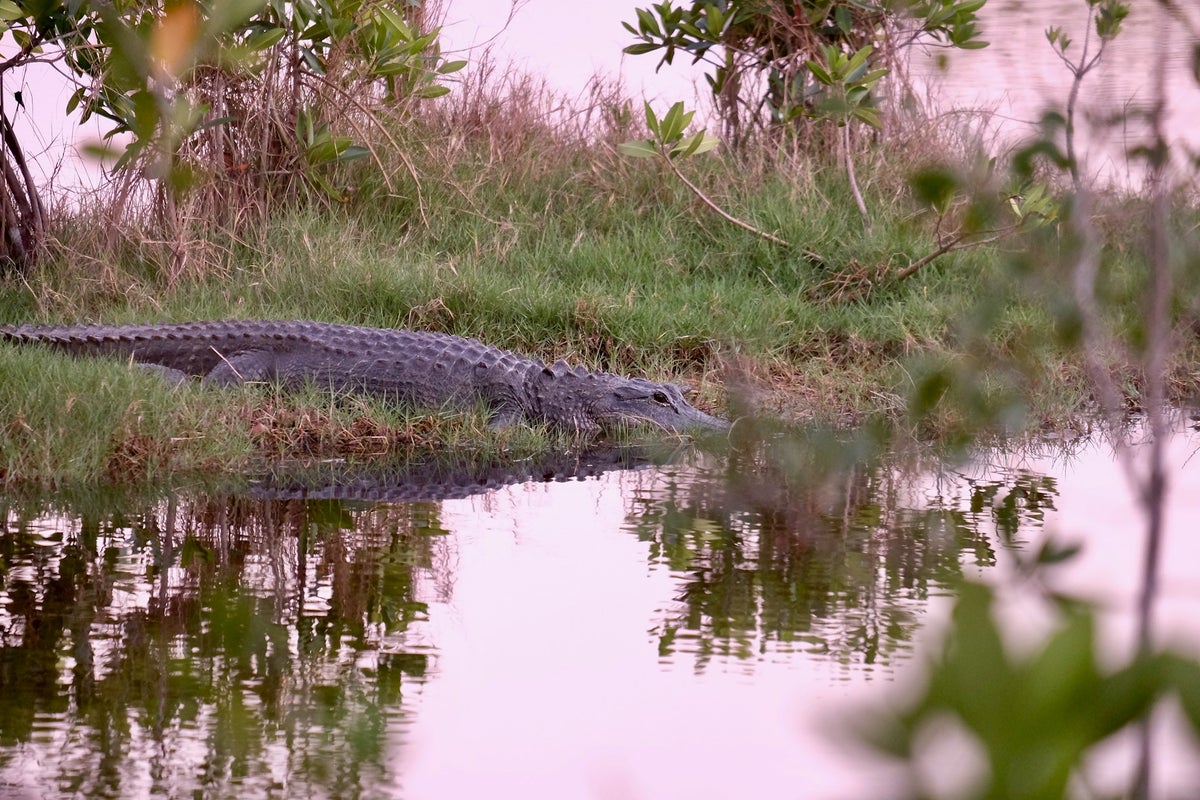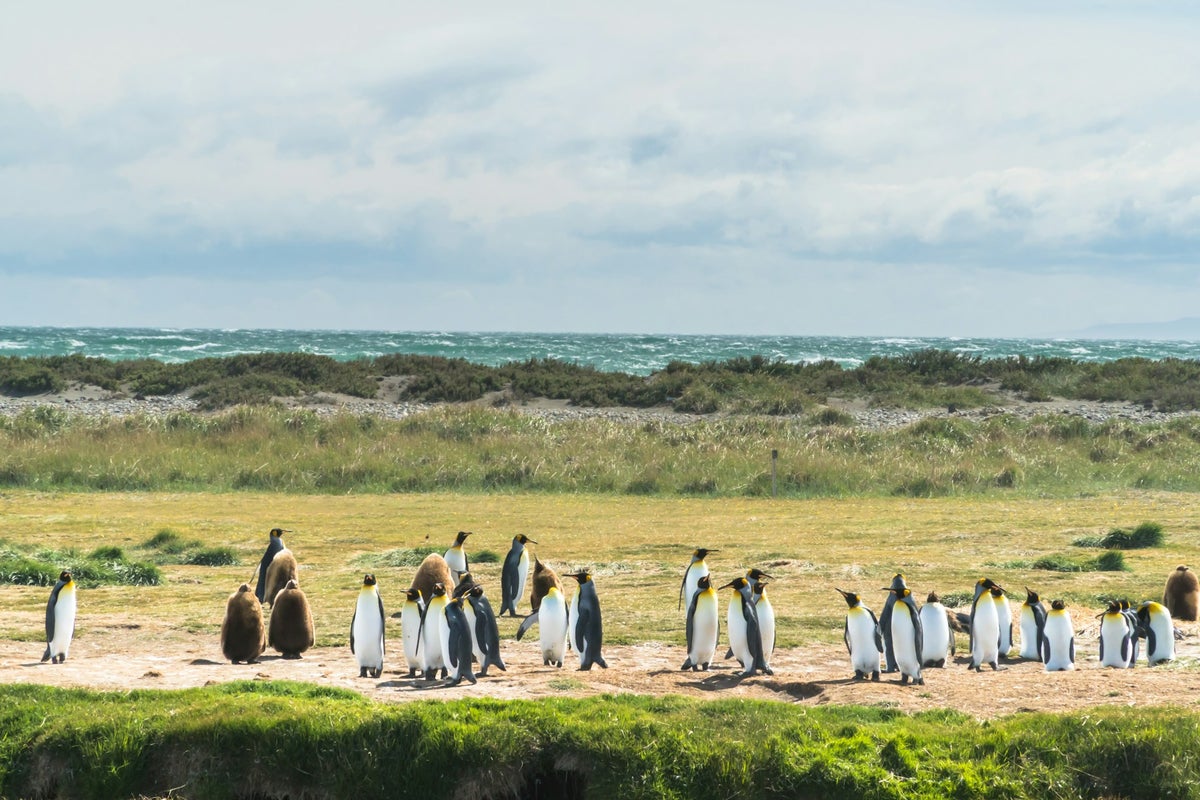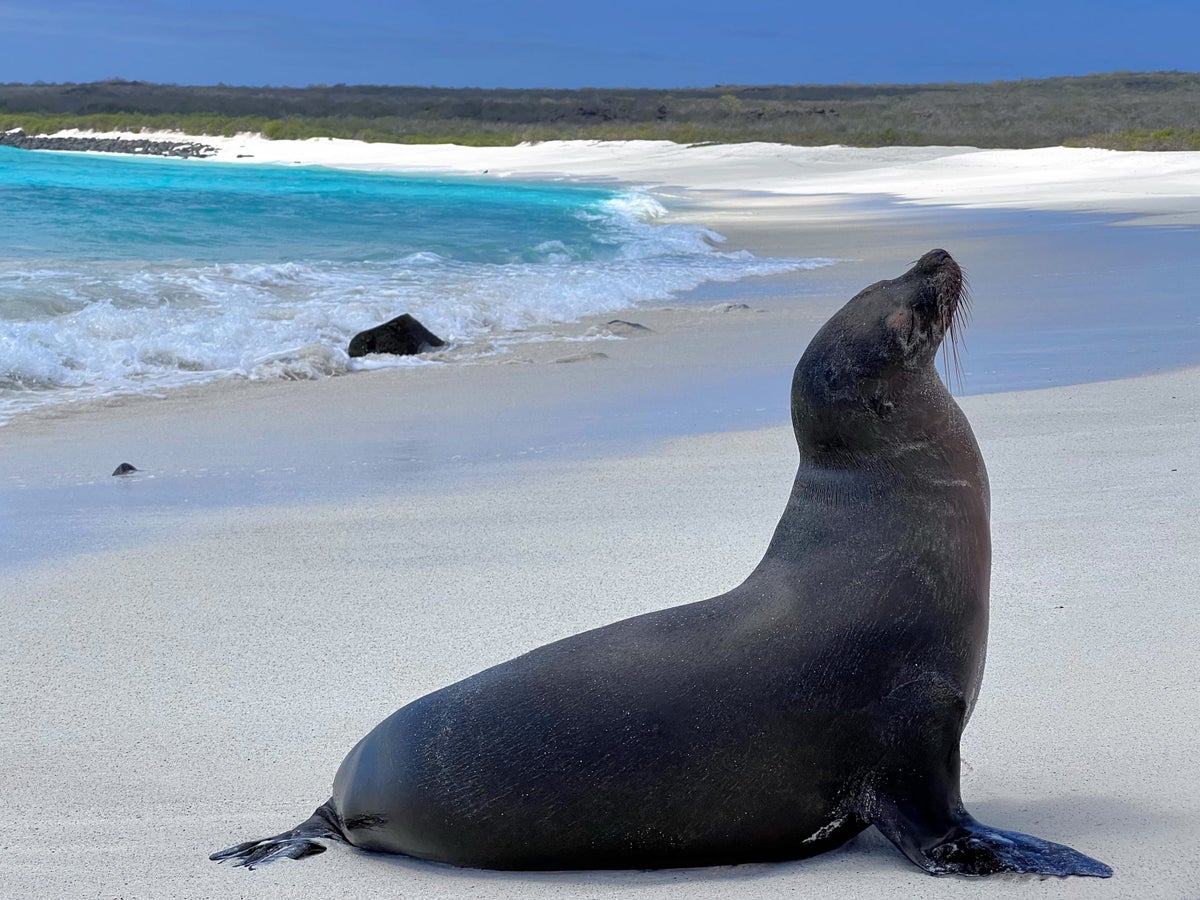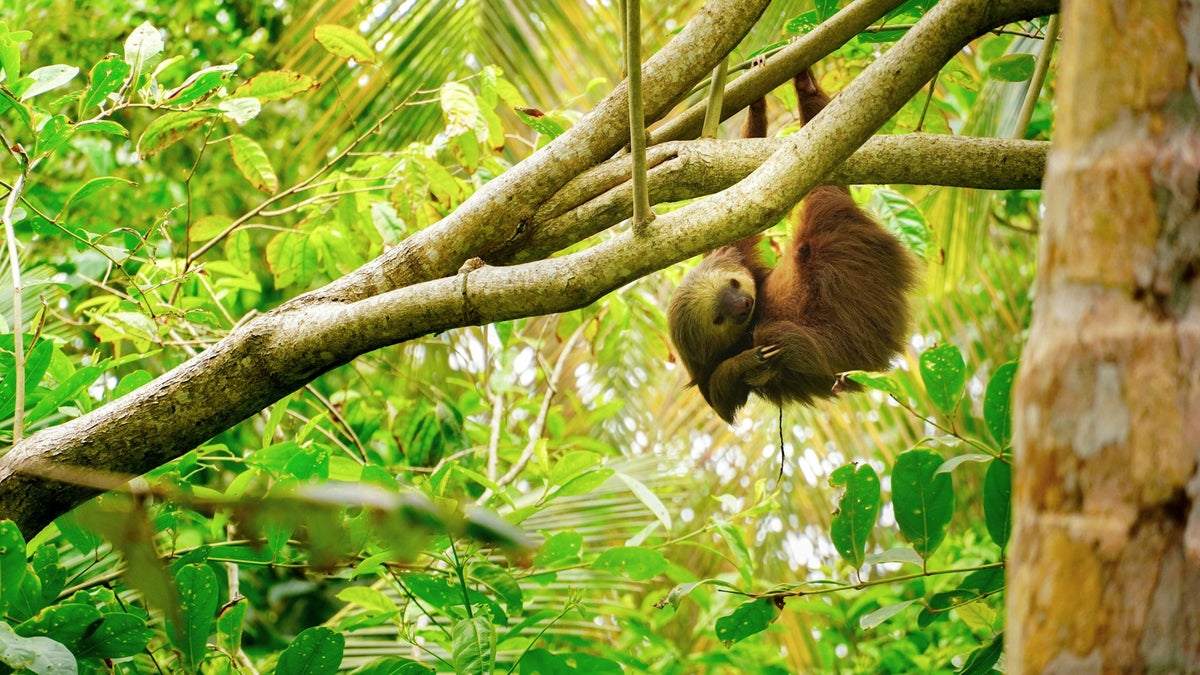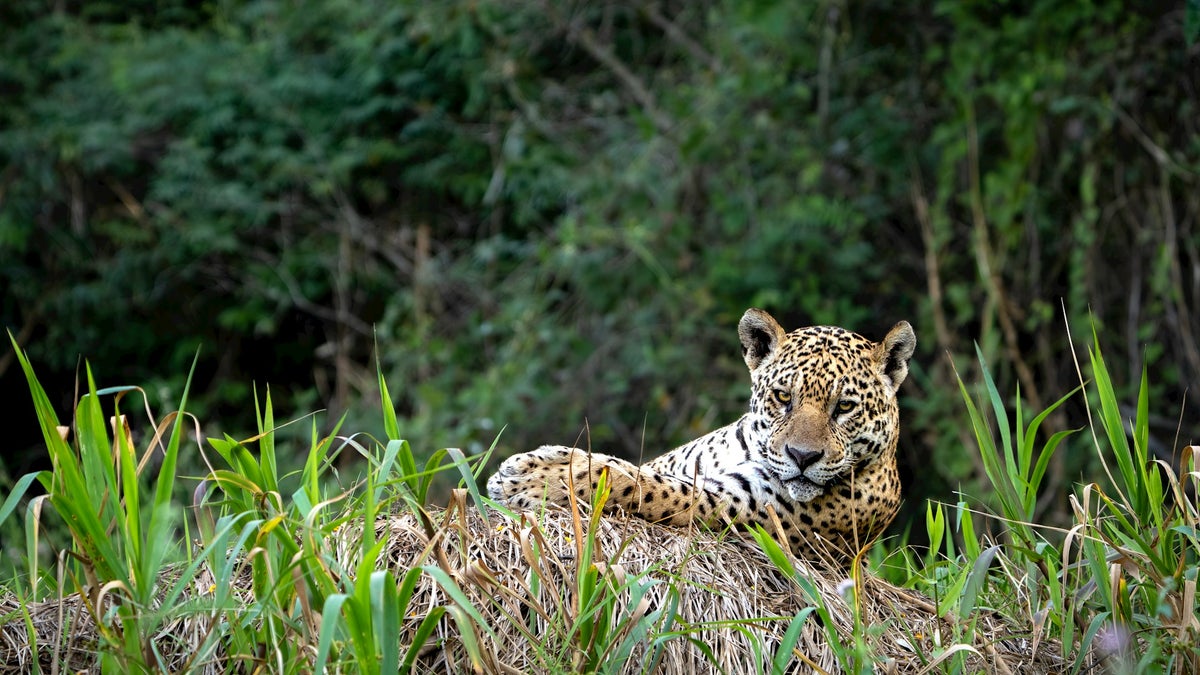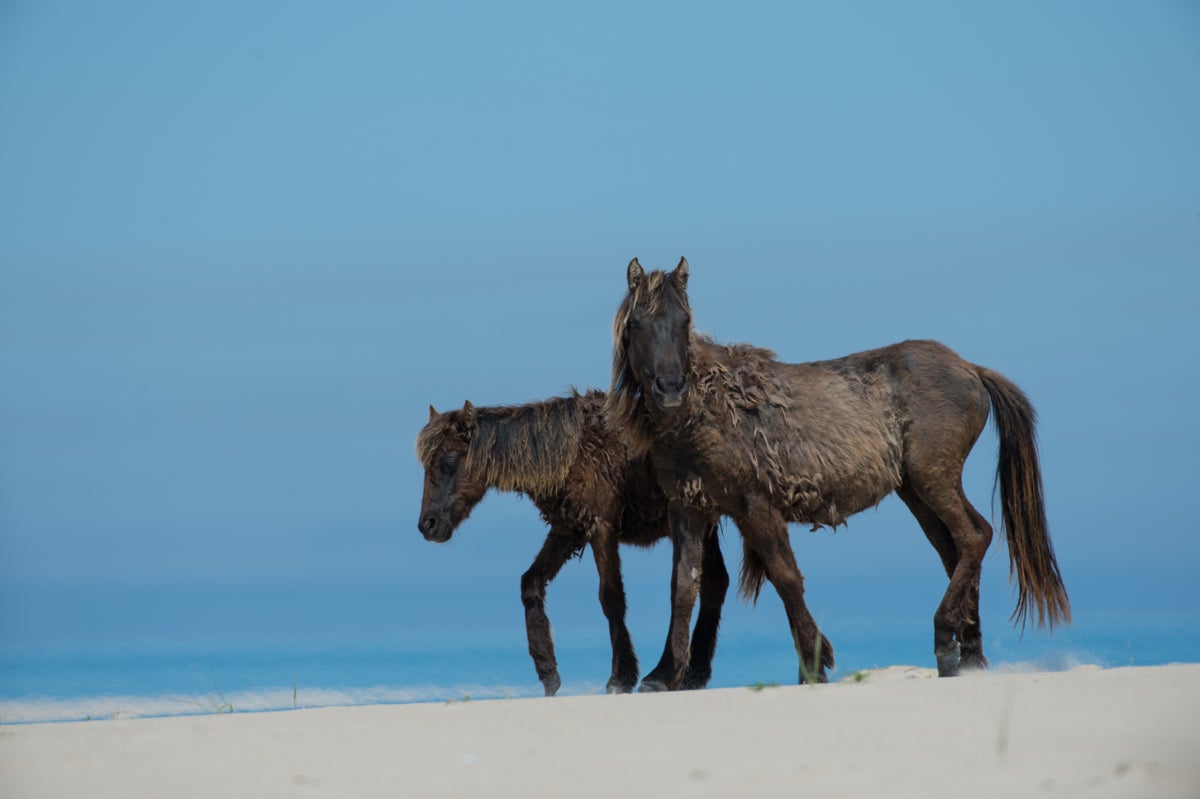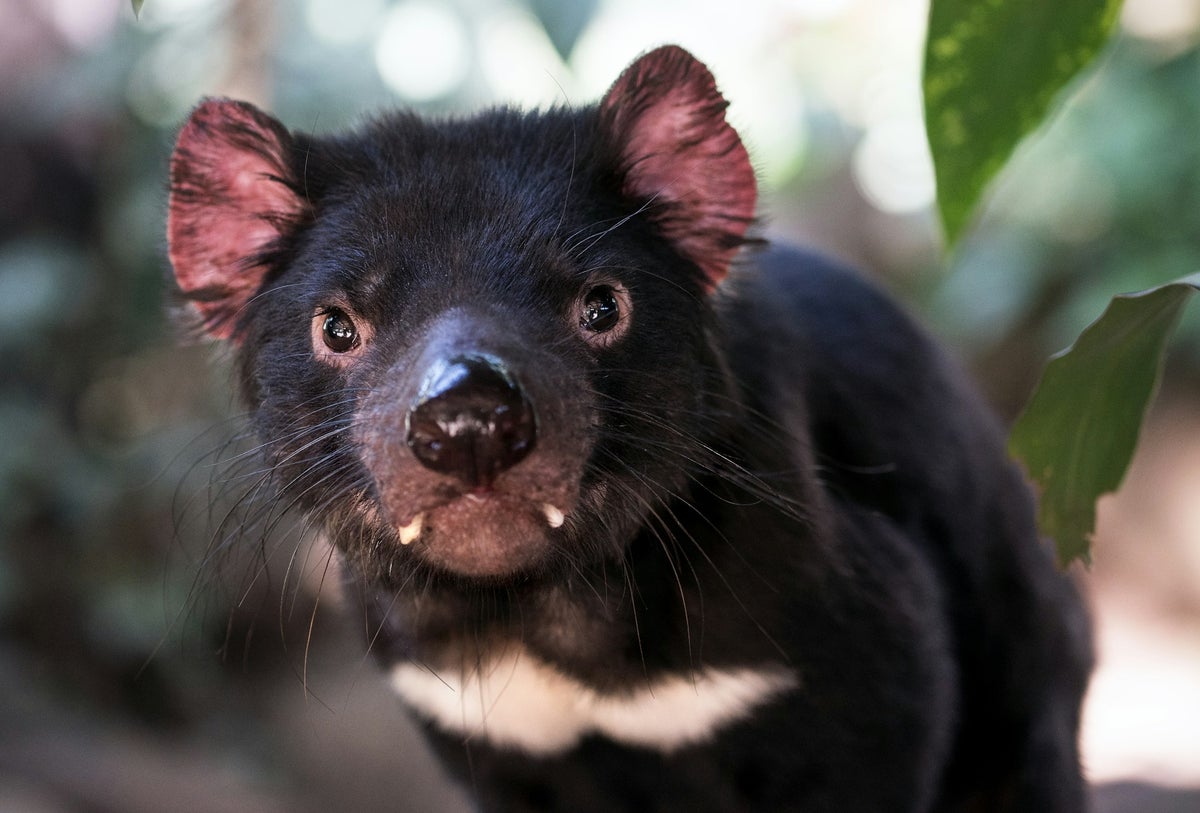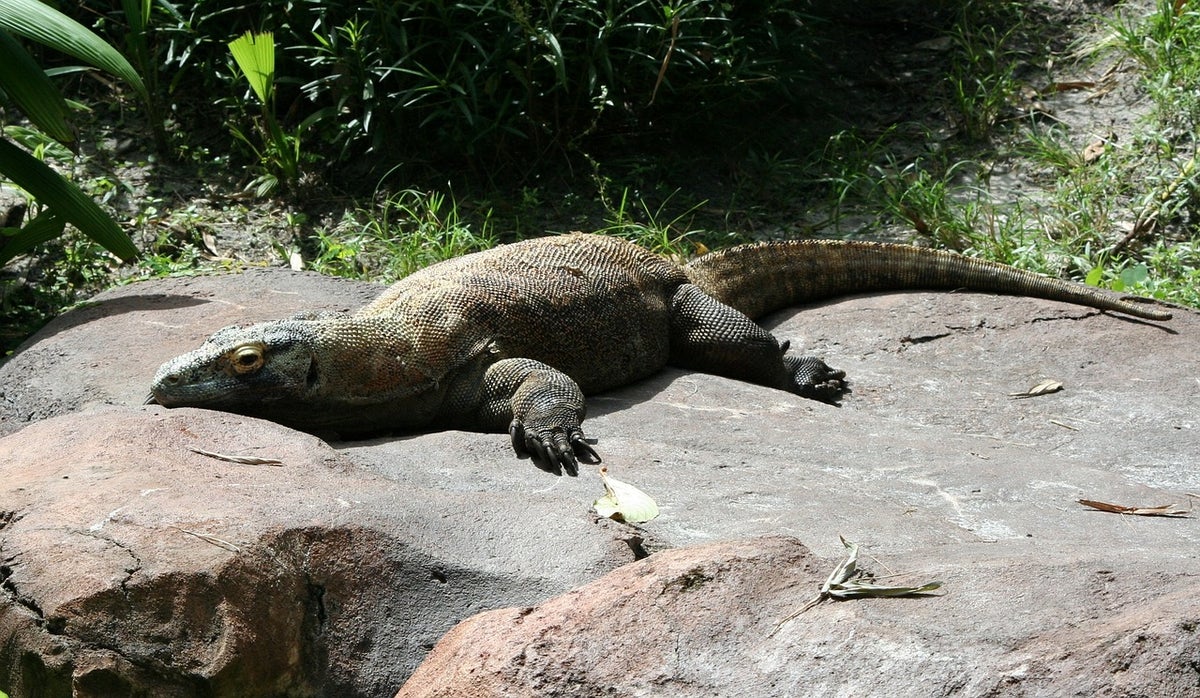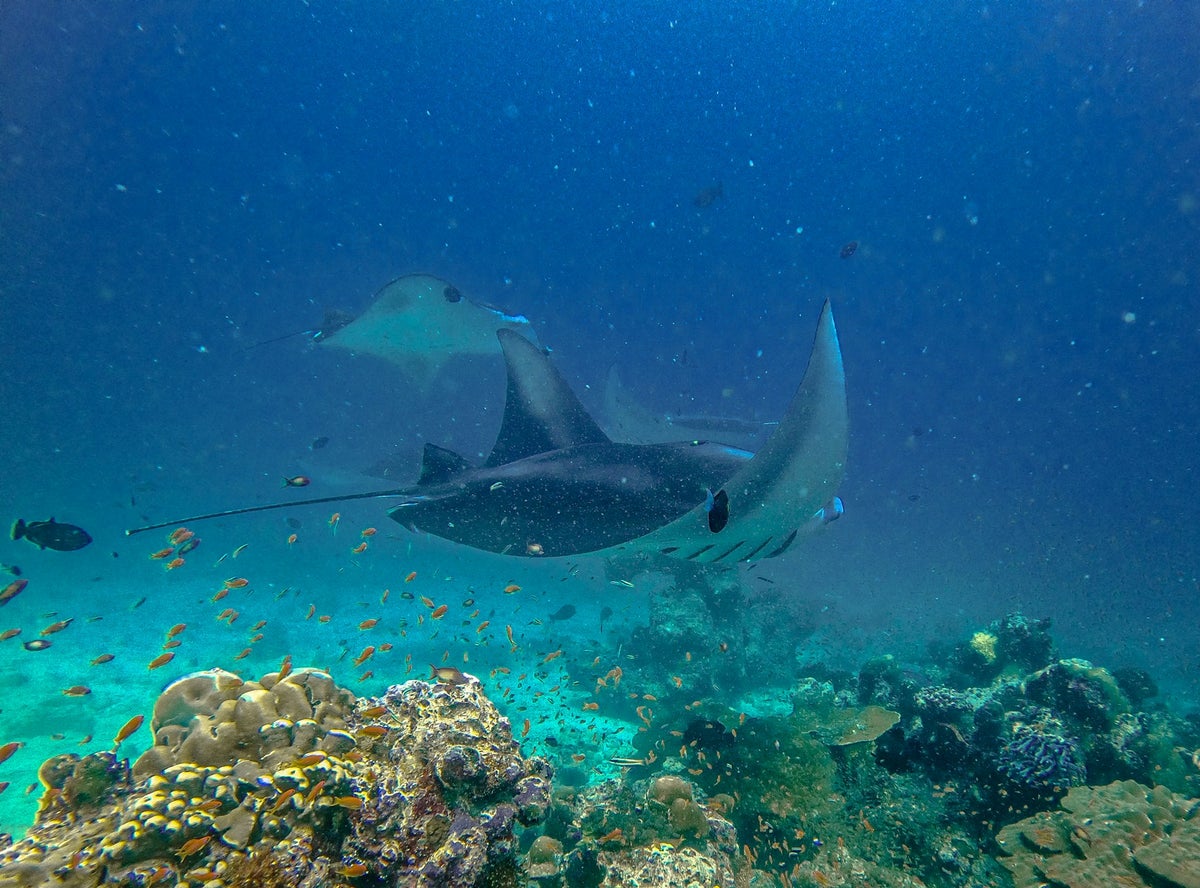Lori Zaino
Lori Zaino
Senior Content Contributor
160 Published Articles
Countries Visited: 58U.S. States Visited: 40
Lori is an intrepid traveler who loves creating itineraries that exude “luxe on a budget.” She’s written for CNN, NBC, The Infatuation, and more, and loves to muse about points-fueled trips to Sri Lan...
Edited by: Michael Y. Park
Michael Y. Park
Senior Editor and Content Contributor
58 Published Articles 1458 Edited Articles
Countries Visited: 60+U.S. States Visited: 50
Michael Y. Park is a journalist living in New York City. He’s traveled through Afghanistan disguised as a Hazara Shi’ite, slept with polar bears on the Canadian tundra, picnicked with the king and que...
& Keri Stooksbury
Keri Stooksbury
Editor-in-Chief
109 Published Articles 3823 Edited Articles
Countries Visited: 54U.S. States Visited: 28
Editing with Upgraded Points for over 6 years, as editor-in-chief, Keri manages the editorial calendar and oversees the efforts of the editing team and over 20 content contributors, reviewing thousand...
![15 Epic Safari Spots To View Wildlife Outside of Africa [2025]](https://upgradedpoints.com/wp-content/uploads/2024/02/Penguins.jpg?auto=webp&disable=upscale&width=1200)
